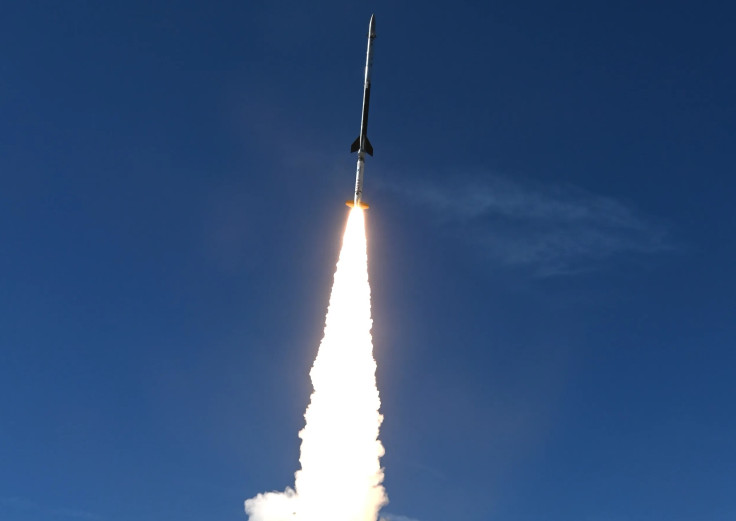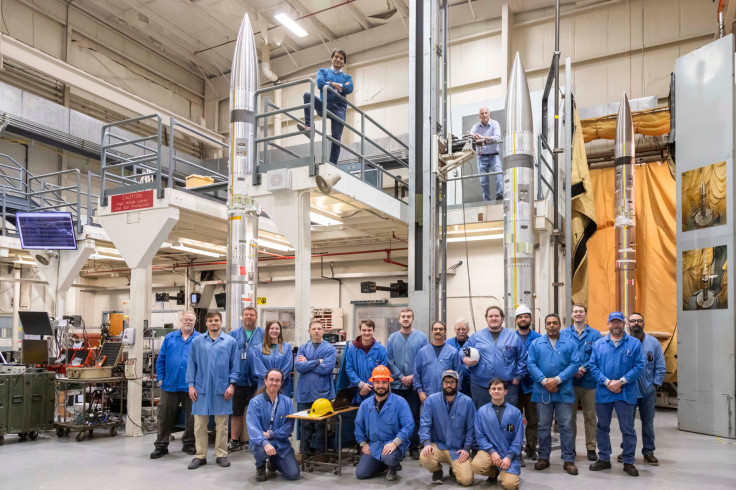
As the solar eclipse approaches, anticipation is high across its path in the U.S., as residents and tourists eagerly await its peak viewing time. In regions along the path of the totality like Dallas, spectators will witness the moon completely obscuring the Sun by the Moon. However, in other locations such as New York City or Miami, the spectacle will be partial. Adding to the excitement is NASA's highly anticipated launch of three rockets directed towards the eclipse.
It might sound alarming, but the agency's project, titled Atmospheric Perturbations around Eclipse Path (APEP), is simply aimed at taking atmospheric measurements during the event when sunlight momentarily dims over a portion of the planet and the Earth's atmosphere cools.
The solar eclipse's path is set to enter the United States in Texas and travel through Oklahoma, Arkansas, Missouri, Illinois, Kentucky, Indiana, Ohio, Pennsylvania, New York, Vermont, New Hampshire, and Maine, as predicted by NASA. Small parts of Tennessee and Michigan will also experience the total solar eclipse, the report added.
The APEP's sounding rockets will launch from NASA's Wallops Flight Facility in Virginia, outside the path of totality, at three different times: 45 minutes before the eclipse, during the eclipse peak, and 45 minutes after the local eclipse.
"These intervals are important to collect data on how the Sun's sudden disappearance affects the ionosphere, creating disturbances that have the potential to interfere with our communications," the agency says in a statement.
The ionosphere is a region of Earth's atmosphere that is between 55 to 310 miles (90 to 500 kilometers) above the ground. "It's an electrified region that reflects and refracts radio signals, and also impacts satellite communications as the signals pass through," said the leader of the mission, Aroh Barjatya, a professor of engineering physics at Embry-Riddle Aeronautical University in Florida, where he directs the Space and Atmospheric Instrumentation Lab.
"Understanding the ionosphere and developing models to help us predict disturbances is crucial to making sure our increasingly communication-dependent world operates smoothly."

NASA will livestream the entire event, starting at 2:30 p.m. EDT on Monday, April 8, via NASA Wallops' YouTube channel. This broadcast will begin 10 minutes prior to the scheduled launch time.
The sounding rockets had been previously launched and successfully recovered from White Sands Test Facility in New Mexico, during the October 2023 annular solar eclipse, allowing scientists to see a sharp reduction in the density of charged particles as the annular eclipse shadow passed over the atmosphere.
"We saw the perturbations capable of affecting radio communications in the second and third rockets, but not during the first rocket that was before peak local eclipse" said Barjatya. "We are super excited to relaunch them during the total eclipse, to see if the perturbations start at the same altitude and if their magnitude and scale remain the same."
The next total solar eclipse over the contiguous U.S. is not until 2044, so these experiments are a rare opportunity for scientists to collect crucial data.
© 2025 Latin Times. All rights reserved. Do not reproduce without permission.





